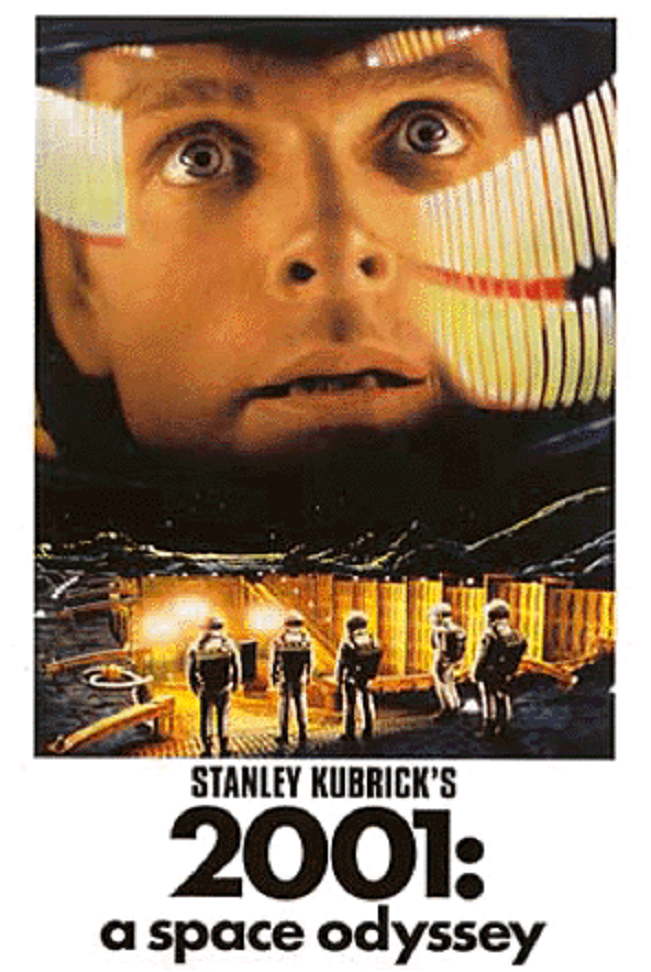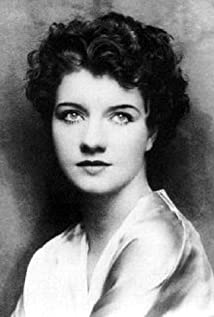Mary Philips
Brunette, convent-educated Mary Philips was an accomplished actress on the New York stage by the time she met the actor Humphrey Bogart in 1924 and became his 'speakeasy touring companion'. While both encouraged each other's prodigious affinity for alcohol, Mary proved beneficial in getting Bogie to approach his craft more seriously. Bogart considered her to be an 'inspirational influence' and the couple duly married at the home of Mary's mother in Hartford, Connecticut, in April 1928. They were briefly co-starred in a play, "Skyrocket" (which received a mixed critical reception), but soon both actors went their own way: Bogie concentrating on his film career, while Mary decided to honour her theatrical obligations on the East Coast, performing in her latest play "The Tavern". About a subsequent performance in "A Touch of Brimstone" (1935), the influential New York Times reviewer Brooks Atkinson remarked on her 'spirit and intelligence irradiating every scene'.
In keeping with the notion of a 'modern marriage', an agreement was reached which permitted both partners to have relationships on the side while separated. Mary was determined not to abandon her theatrical career for Hollywood, her publicity even failing to intimate that she was married. After another hit play in "The Postman Always Rings Twice" (1936), it transpired that Mary had become rather more successful than her husband. The couple drifted apart and the marriage came to an end after ten years, though both ended up parting on friendly terms. Mary's next husband was the actor Kenneth MacKenna, a former friend of Bogie from his days as a struggling actor in New York.
Though an unquestioned star of the stage, Mary's screen career was desultory by comparison. Among only a handful of supporting roles, her best performance (and her personal favorite) was as the stern nurse Helen Ferguson, friend of Helen Hayes in A Farewell to Arms (1932). There was little else of note and by the early 1940's, good theatrical parts also began to dry up. Bogart's career had now well eclipsed that of Mary Philips.

